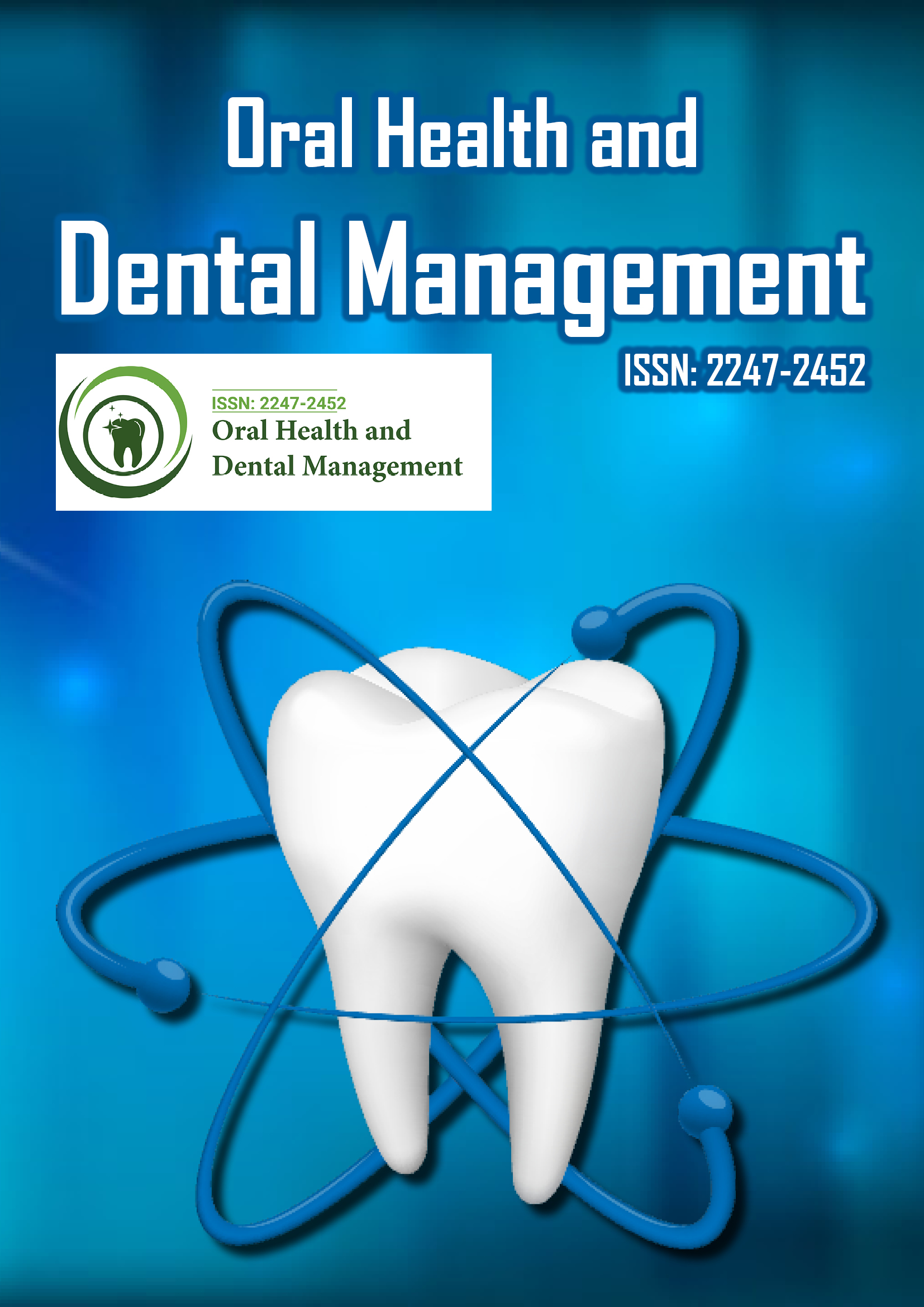Indexed In
- The Global Impact Factor (GIF)
- CiteFactor
- Electronic Journals Library
- RefSeek
- Hamdard University
- EBSCO A-Z
- Virtual Library of Biology (vifabio)
- International committee of medical journals editors (ICMJE)
- Google Scholar
Useful Links
Share This Page
Journal Flyer

Open Access Journals
- Agri and Aquaculture
- Biochemistry
- Bioinformatics & Systems Biology
- Business & Management
- Chemistry
- Clinical Sciences
- Engineering
- Food & Nutrition
- General Science
- Genetics & Molecular Biology
- Immunology & Microbiology
- Medical Sciences
- Neuroscience & Psychology
- Nursing & Health Care
- Pharmaceutical Sciences
What is the standard of care for geriatrics unconventional clinical dentistry?
32nd Asia Pacific Dental and Oral Health Congress
July 23- 24, 2018 Sydney, Australia
Maryam Tabrizi
University of Texas Health Science Center at Houston, USA
Posters & Accepted Abstracts: Oral Health Dent Manag
Abstract:
Statement of the Problem: Geriatric oral health is a serious public health issue. The aging population is growing historically faster than any age group. Currently, there are over 600 million individuals 60 y/o and over by 2050, this number will rise to 2 billion worldwide. Globally, poor oral health of elderly has been evident. Elderly are facing issues such as failing of existing dental restoration, lack of oral care maintenance, new root carries, periodontal disease, xerostomia and higher risk for oral cancer. In addition, malnutrition presents at least 2 of 6 clinical characteristics, which could also be associated with general wasting (cachexia) usually linked to some chronic illness and oral health/dental problems. Objectives: (1) Growth of the aging population; (2) Connection between OH and other chronic diseases (CVD, diabetes, renal failure and more); (3) OH preventive measures (Primary /secondary and silver diamine fluoride SDF); (4) Minimally invasive dental treatment and maintenance and (5) Enhancing overall health and quality of life for the aging population. Methodology: This presentation is an outcome of a review over 30 years of literature (1984-2016) including evidence based clinical studies and treatments. Facts & Conclusion: By the definition established by American Dental Association in 2014, Oral health is a functional, structural, aesthetic, physiologic and psychosocial state of well-being and is essential to an individual‚??s general health and quality of life. The conventional dentistry is challenging among elderly who deal with other chronic/acute health conditions and medications. As the population of individuals 65 and older is growing, what is the standard of care in clinical geriatric dentistry? Geriatrics dealing with physical/cognitive decline is at highest risk for poor oral health and consequently leading to malnutrition affecting millions of elderly living at home or nursing home facilities deficient in protein and calories. Furthermore, if minerals and vitamins included malnutrition in elderly may rise to over 46%, decreasing quality of life. Without interventions, tens of millions of individuals 65 and older will suffer in silence from oral diseases that are preventable.
